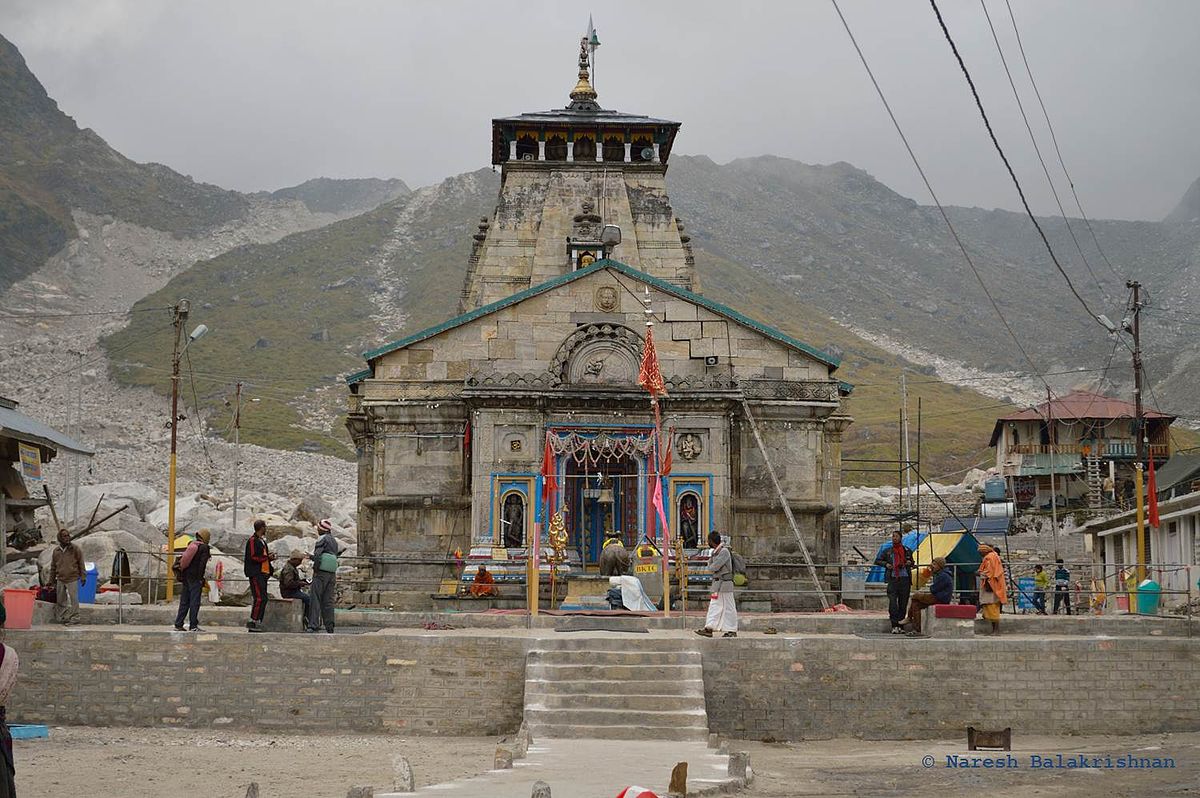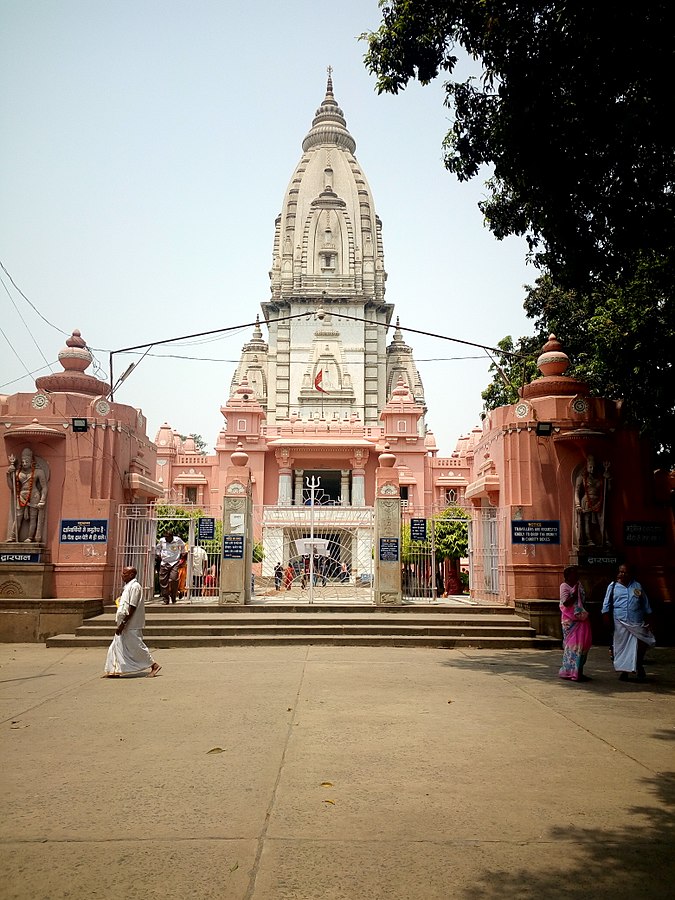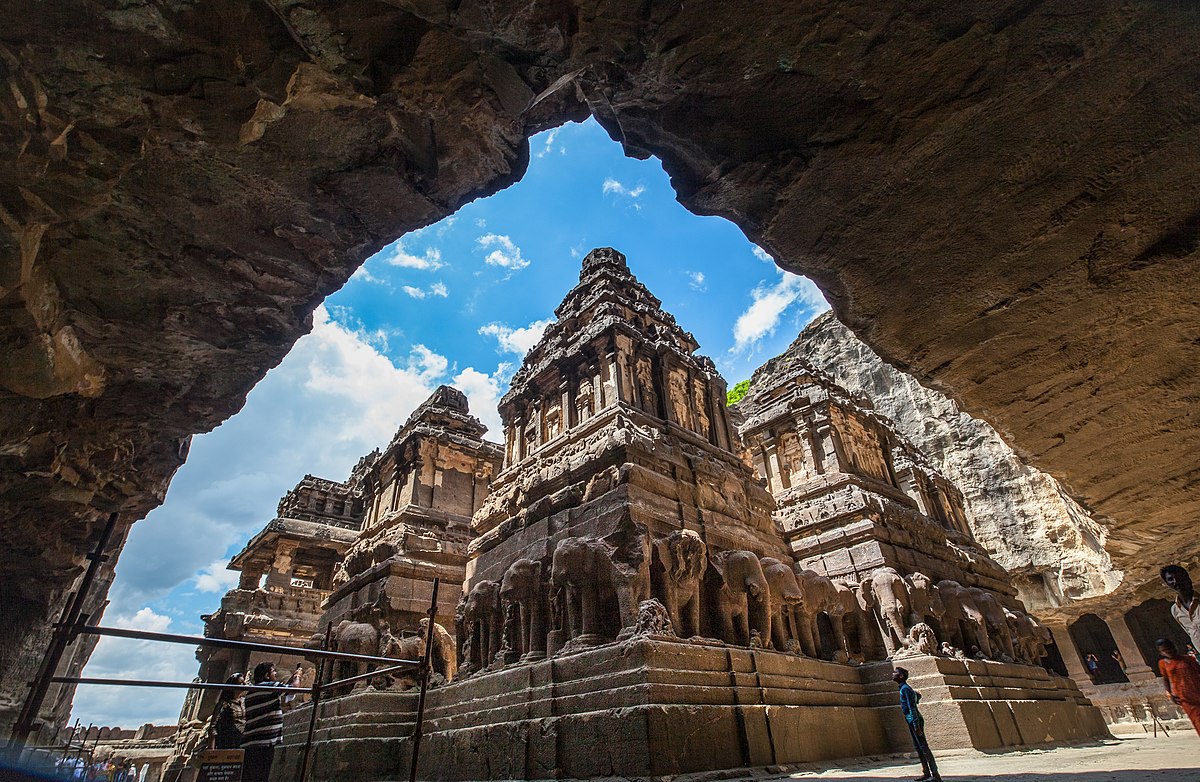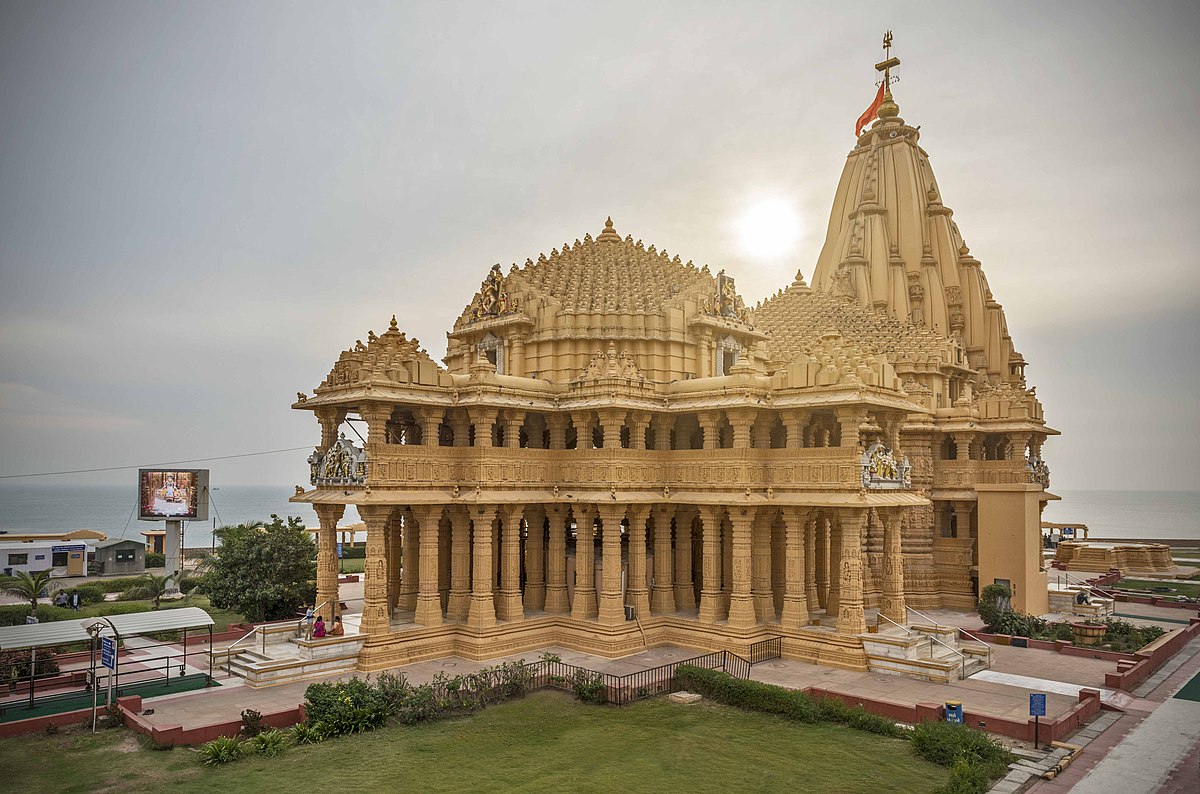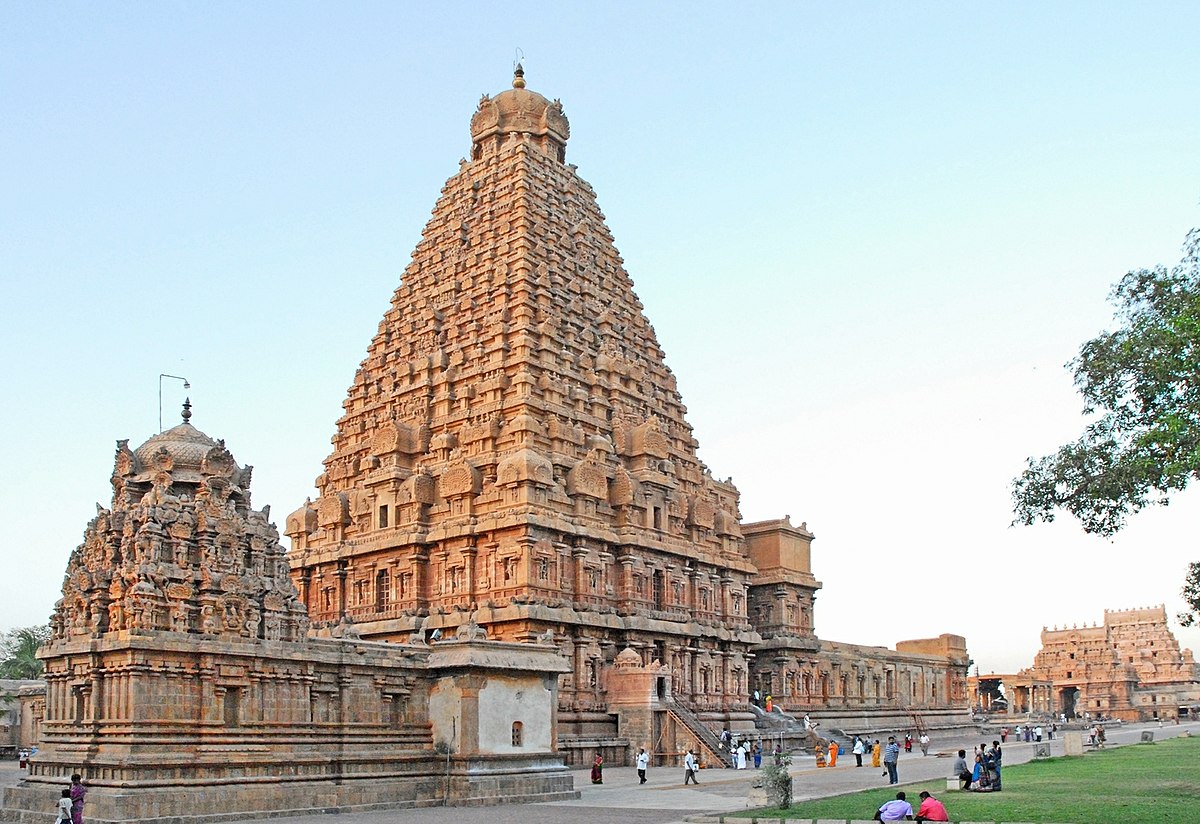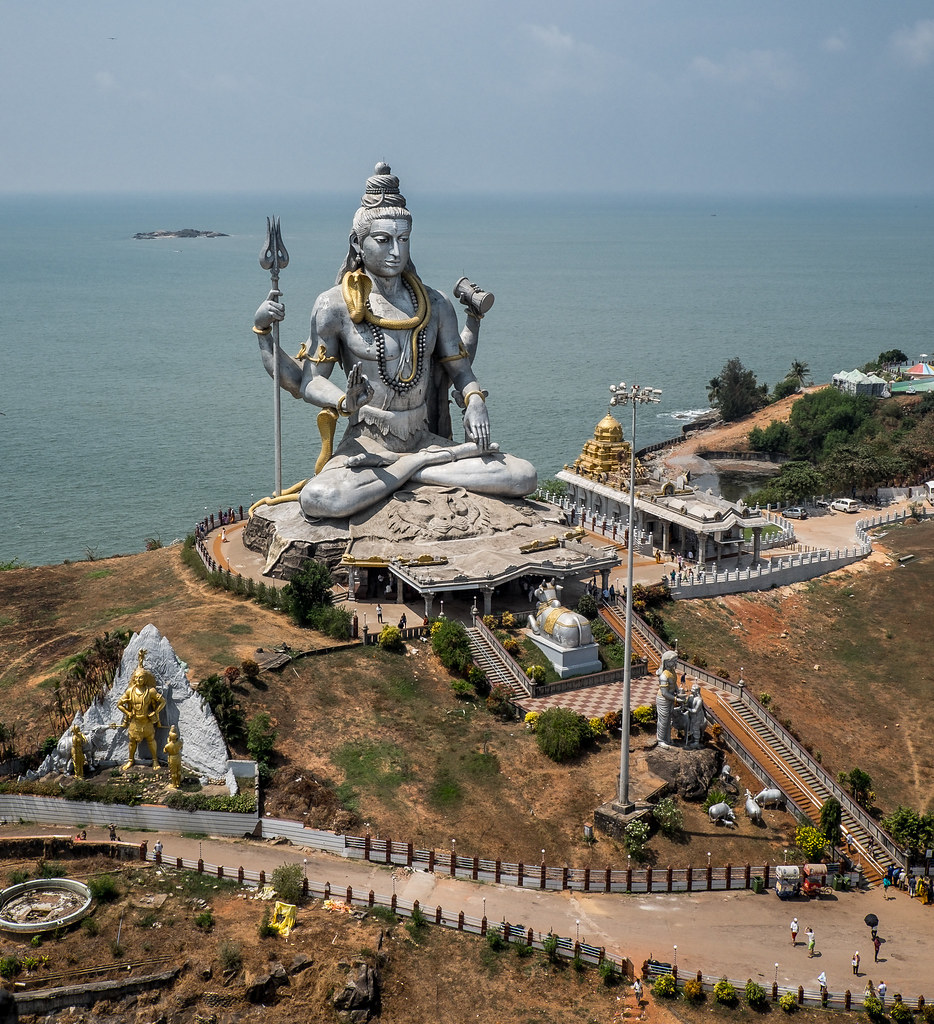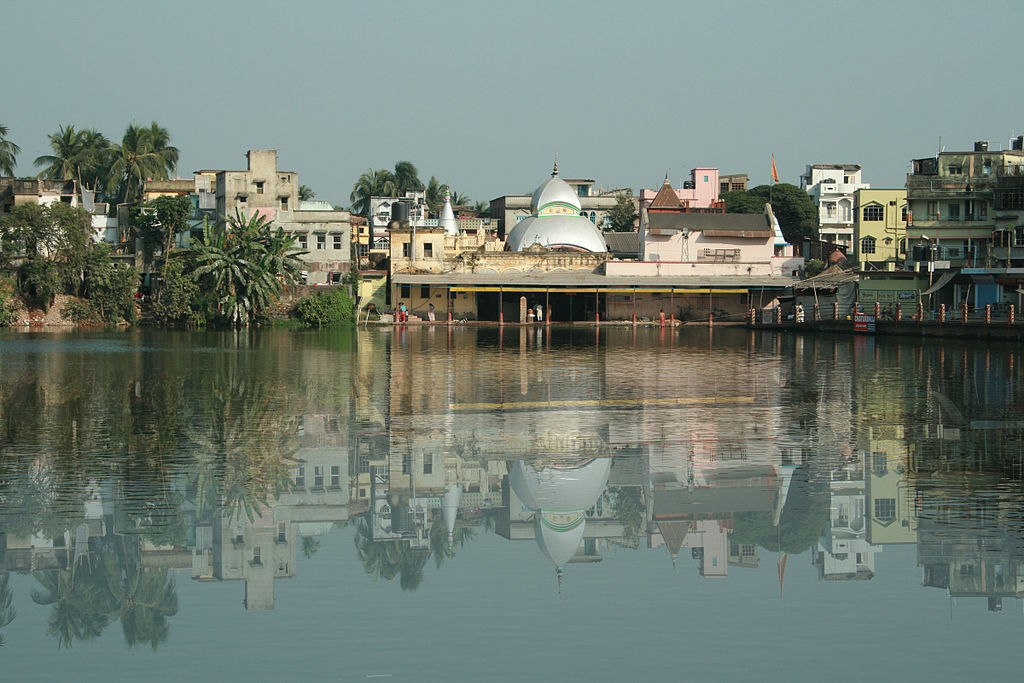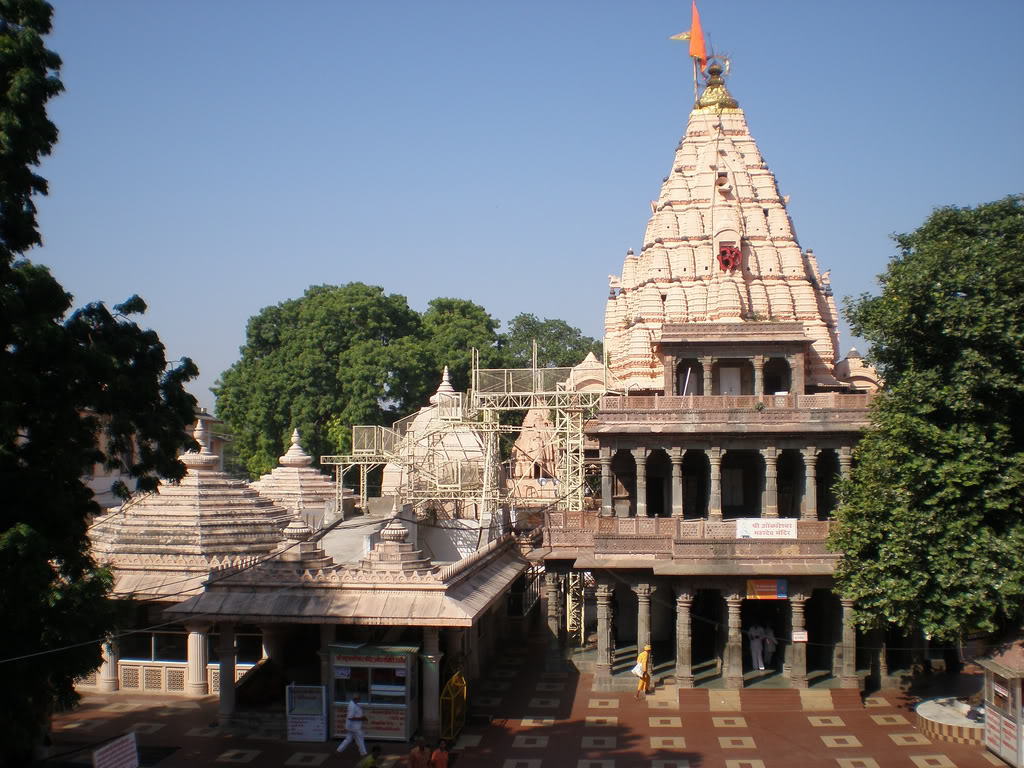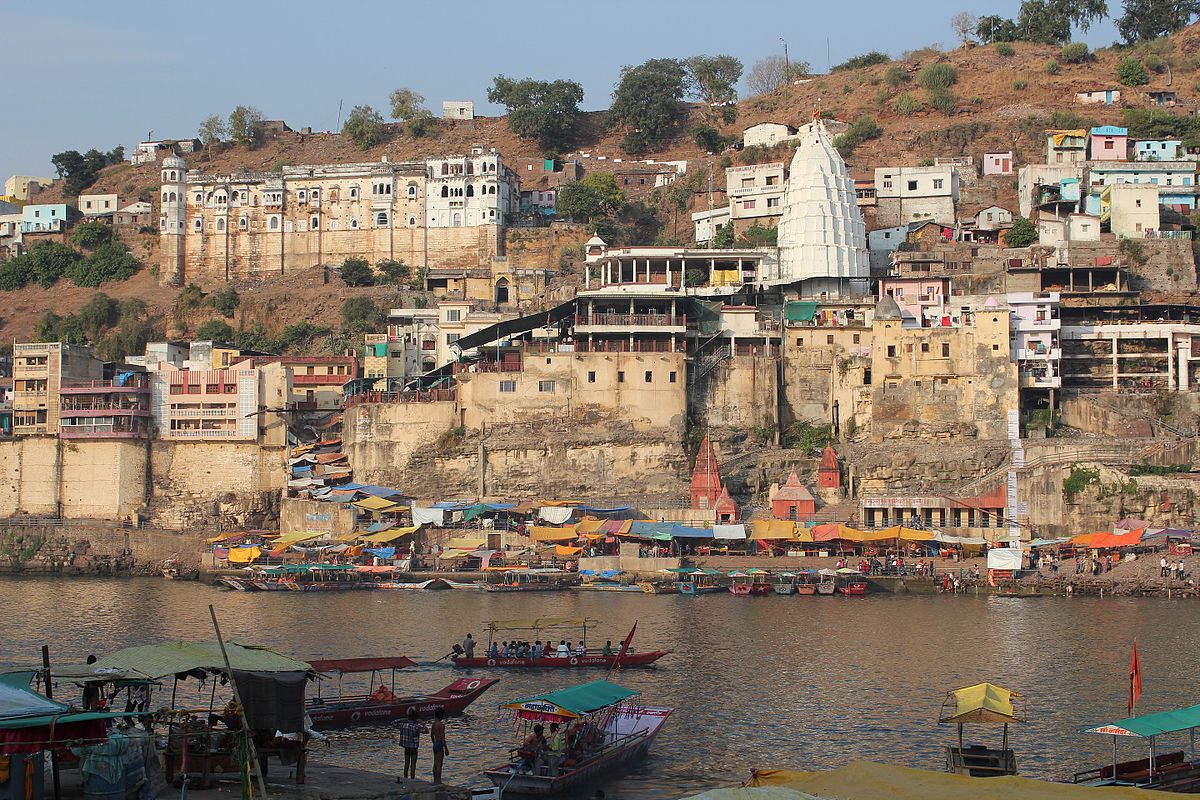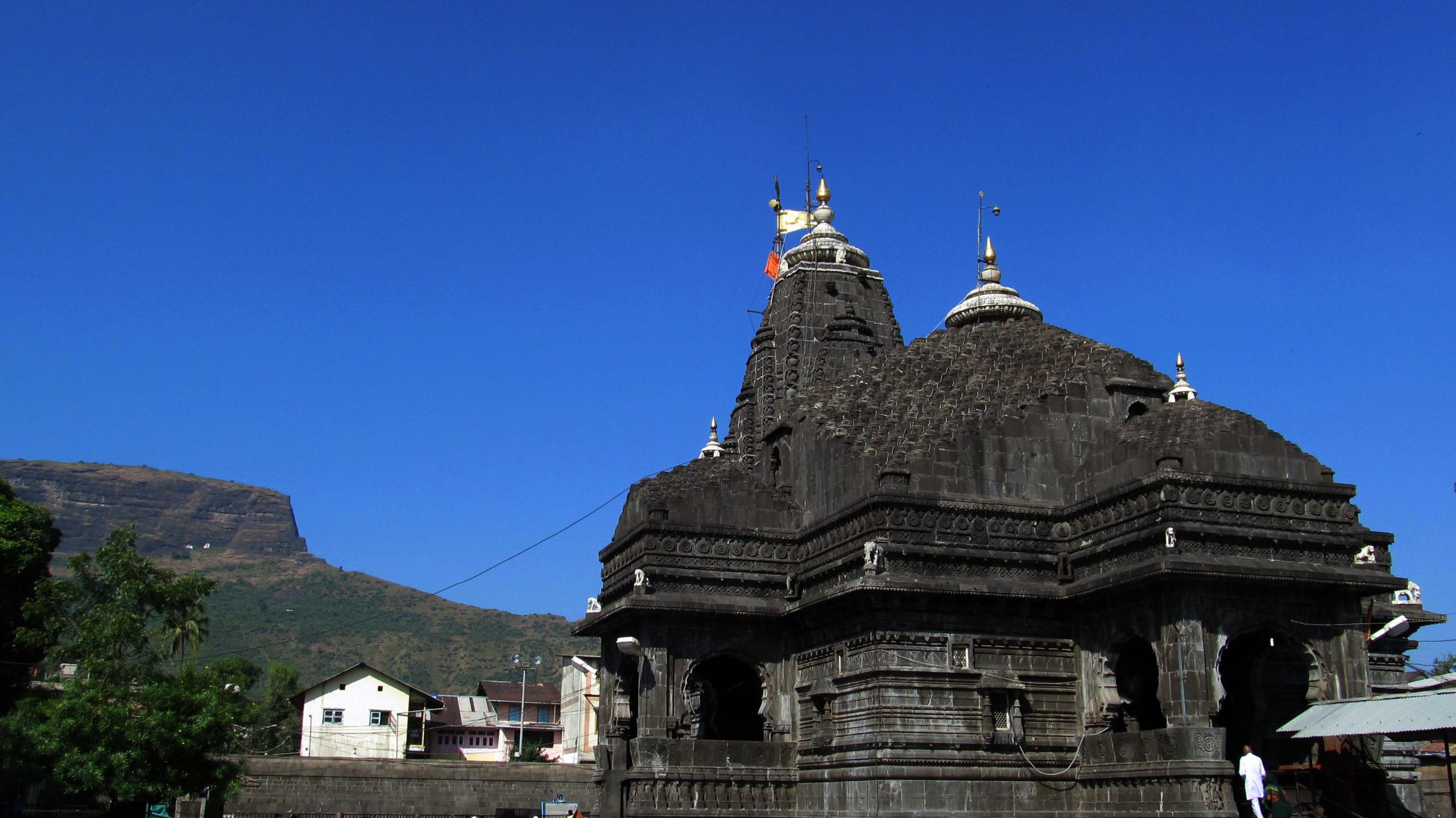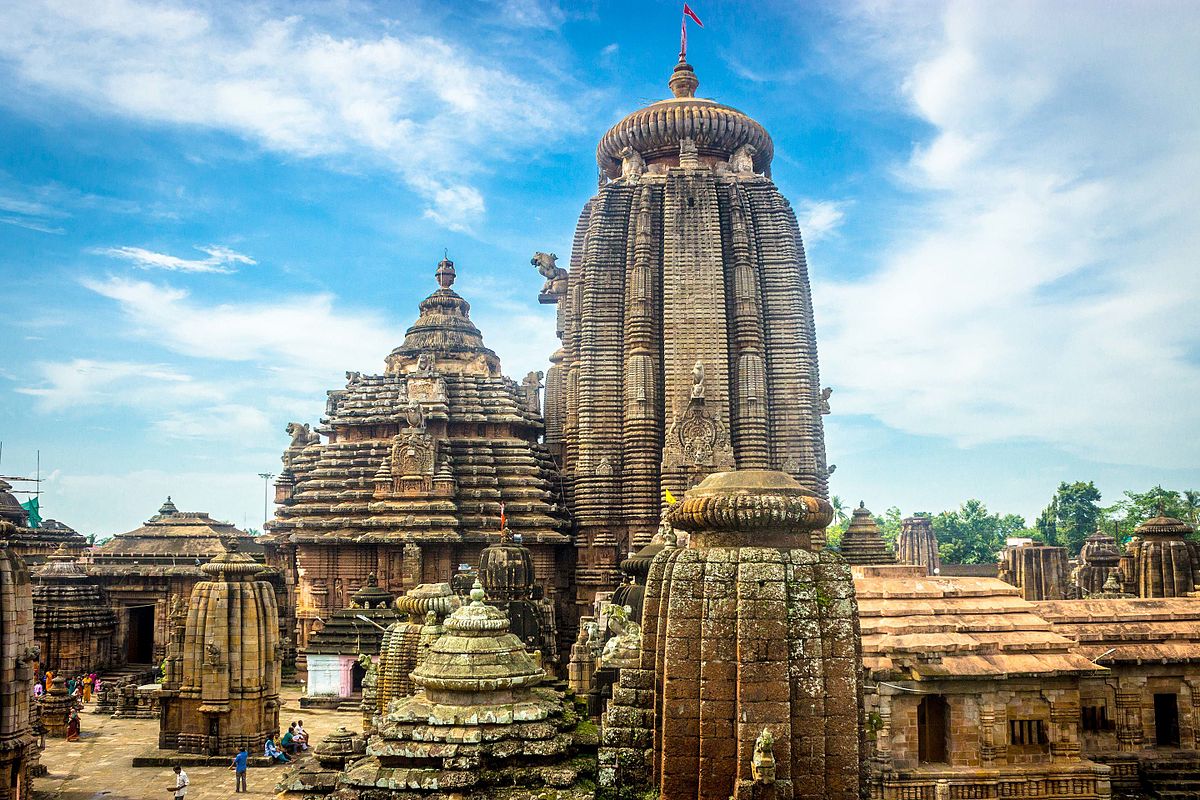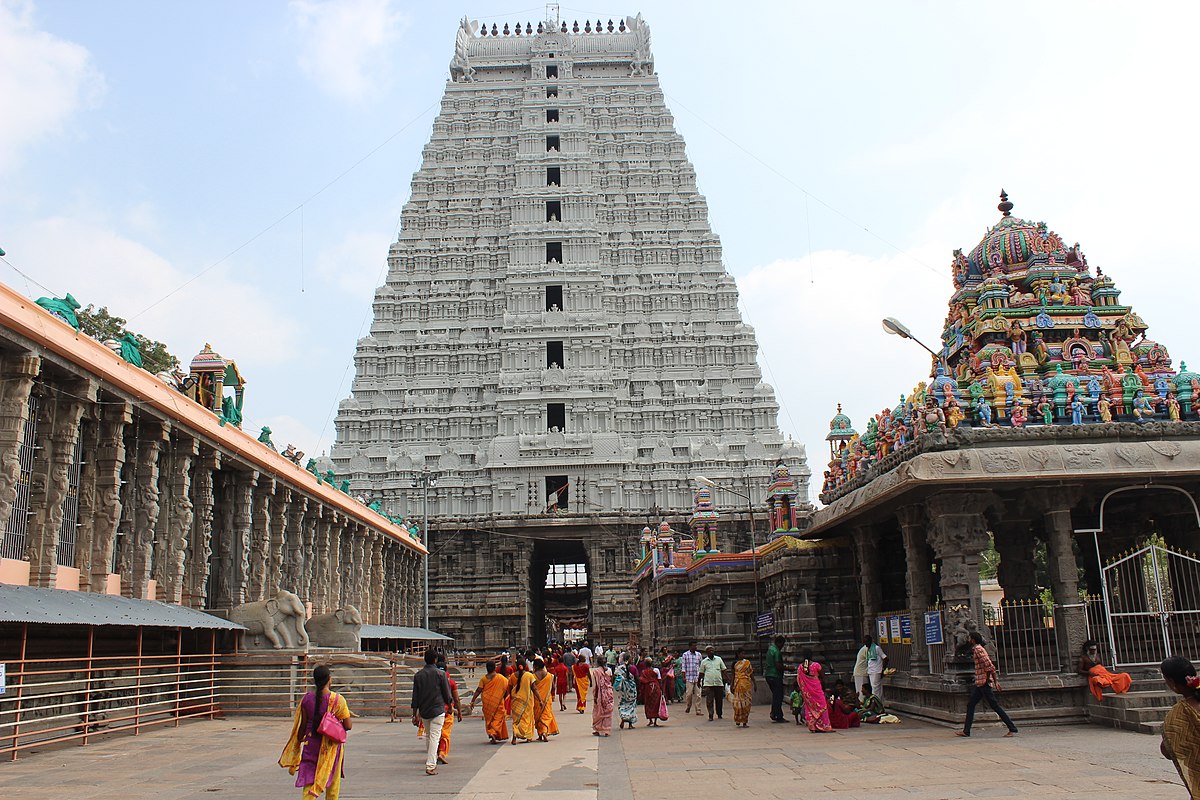15 Most Famous Shiva Temples in India
From the northern valleys of Kashmir to the southern coasts of Tamil Nadu, India is a country where temples can be found in abundance throughout the towns and cities, to the point where one temple can be found at every turn. Travellers from all over the world visit the various ashrams and famous Shiva temples in India to experience spirituality at its finest, and why shouldn’t they? The blessed country is known for it for a reason.
Also read: 10 Most Famous Hanuman Temples In India
1. Amarnath Temple, Kashmir
Source: Wikimedia Commons
The blessed temple of Amarnath in Kashmir raises the bar for famous Shiva temples in India to new heights. Tourists from all over the country and beyond flock to this temple, which is located at a height of 3888m in a massive cave, to see the magnificent Shiva Lingam, which only appears once a year. To walk all the way to the temple and cross Kashmir’s uneven terrain takes a lot of strength.
Best time to visit: June to August
2. Kedarnath, Uttarakhand
Source: Wikimedia Commons
Kedarnath is known for being the home of one of India’s 12 Jyotirlingas as well as a well-known Shiva temple. Pilgrims visit this enchanting temple nestled in the Garhwal Himalayan Range as part of their Chota Char Dham or Char Dham Yatra of Uttarakhand, which includes visits to Badrinath, Gangothri, and Yamunotri, as well as this holy shrine of Lord Shiva. The temple can’t be reached by road because it’s at such a high altitude, so pilgrims must trek 22 kilometres uphill from Gaurikund.
Best time to visit: April to November
3. Kashi Vishwanath, Uttar Pradesh
Source: Wikimedia Commons
It is widely believed that breathing your last breath in Kashi absolves you of all future reincarnations and allows your soul to attain Moksha, as Lord Vishwanath provides shelter for all ardent Shiva devotees. The Kashi Vishwanath Temple, which is located in the holy city of Varanasi, is one of the famous Shiva temples in India that attracts pilgrims from all over the country. You can pay a visit to this temple during Maha Shivratri when it will be beautifully decorated in honour of this important Shaivaite festival.
Best time to visit: November to February
4. Kailasnath Temple, Maharashtra
Source: Wikimedia Commons
Kailasnath Temple, one of the famous Shiva temples in India, is located in Ellora and is a popular tourist destination near Aurangabad. The temple is a magnificent example of Rashtrakuta architecture, which ruled India between the 6th and 10th centuries AD. Ellora has a total of 34 temples, and this one is one of them. It is the country’s largest rock-cut temple, with a megalith carved out of a rock cliff. It served as an inspiration for many subsequent temples in India.
Best time to visit: June to March
5. Somnath Temple, Gujarat
Source: Wikimedia Commons
The Somnath Shiva temple in Gujarat is one of the most famous Shiva temples in India. It is also regarded as the country’s first Jyotirling temple, as well as an important Shiva temple in India. The temple was reconstructed several times as a result of repeated Muslim invasions, the most recent being in Chalukya-style architecture, completed in 1951. The Banasthamba or arrow pillar, which is erected on one of the temple walls, is a notable structure in this temple. Pilgrims flock to this temple because of the panoramic view of the sea and the enormous temple.
Best time to visit: October to March
6. Brihadeswara Temple, Tamil Nadu
Source: Wikimedia Commons
The Brihadeeshwara Temple, located on the banks of the river Kaveri in Tanjore, Tamil Nadu, is a true architectural marvel of the Dravidian era. The popular king Raja Raja Chola built this temple between 1001 and 1010 AD, making it one of the famous Shiva temples in India. The temple has been designated as a UNESCO World Heritage Site, and the massive vimana tower, which stands above the sanctum and is made of granite, is the tallest in South India. The temple is also known for having one of India’s largest Shiv Lingas and Nandi, as well as a large prakhara (corridor).
Best time to visit: October to March
7. Murudeshwara Temple, Karnataka
Source: Flickr
Murudeshwara, in North Karnataka, is home to the world’s second-tallest Shiva statue, which stands majestically with the Arabian Sea splashing behind it. The charming landscape, combined with the deity’s towering statue, is sure to make you fall in love with the location. A 20-story temple dedicated to Lord Shiva is also being built near the statue.
The temple authorities built a lift to take visitors and pilgrims to the top of the Raja Gopura to give them a spectacular view of the mammoth statue and the surrounding picturesque landscape in order for devotees and tourists to get a good look at the Shiva statue.
Best time to visit: October to May
8. Tarakeshwar Temple, West Bengal
This Shiva temple, also known as Baba Taraknath Temple, is one of the most famous Shiva temples in India. This shrine, which is located in the Hooghly district of West Bengal, is frequently visited by devotees all year, especially on Mondays, who come to pay their respects to the deity’s Shayambu linga. This is one of Kolkata’s oldest temples, believed to have been built by Raja Bharamalla in the 18th century. Intricate carvings and beautiful murals depicting Bengal architecture can be found throughout the temple. It also has a pond known as the Dudhpukur, where devotees bathe before entering the main sanctum.
Best time to visit: All throughout the year
9. Mahakaleshwar, Madhya Pradesh
Source: Wikimedia Commons
The Mahakaleshwar Temple, another Jyotirlinga shrine and the most sacred of all famous Shiva temples in India, is located in Ujjain, on the banks of the enchanting Shipra river. The lingam in this temple is thought to be a Swayambhu, or self-built linga, as it was not installed by reciting mantras. The south-facing Linga, which is only found in Mahakal, is another unique feature of this temple. For both devotees and history buffs who enjoy visiting temples, the temple, with its sky-high shikhar or spire and brilliant facade, is an awe-inspiring sight to admire and explore.
Best time to visit: October to March
10. Omkareshwar Mahadev Temple, Shivapuri
Source: Wikimedia Commons
Omkareshwar Temple is one of the most famous Shiva temples in India, located on the Narmada River. It is spread across Mandhata Island, which is shaped like the Om symbol. The three-headed idol worshipped here is praised three times a day. Monday is the best day to visit if you want to see the true beauty of this place.
Best time to visit: On Mondays throughout the year
11. Trimbakeshwar Shiva Temple, Nasik
Source: Wikimedia Commons
Trimbakeshwar is an ancient Hindu temple in Maharashtra’s Nashik district that is one of India’s most magnificent Shiva temples and an important shrine for Shiva devotees to visit. The sacred river Godavari is said to have its source near Nashik’s Trimbak town. It is also a Jyotirlinga, with a three-faced Linga representing Shiva, Brahma, and Vishnu. Peshwa Balaji baji Rao built the current temple, which is made of basalt.
Best time to visit: October to March
12. Ramanathaswamy Temple, Rameswaram
Source: Wikimedia Commons
Ramanathaswamy, one of the most famous Shiva temples in India, is located in Tamil Nadu. This temple is frequently included in Temple Tours in the southern parts of the country, and for good reason. This temple, which is primarily visited by Shaivite and Vaishnavite believers, has an interesting history. The temple is said to be built on the same site where Lord Rama worshipped Lord Shiva to atone for his sin of murdering Ravana, a Brahmin. The temple also attracts art lovers, as it has the world’s longest temple corridor.
Best time to visit: All throughout the year
13. Lingaraj Temple, Odisha
Source: Wikimedia Commons
Lingaraj Shiva Temple in Odisha, an incredible example of Kalinga architecture, is a must-see for all Shiv Bhakts and is one of India’s most prominent Shiva temples. It is the largest temple in Bhubaneshwar, and it is thought to have been built in the Deula style by the Somavamsi Dynasty, with a vimana (sanctum structure), jagamohana (assembly hall), natmandira (festival hall), and bhoga-mandapa (the hall where prasad is offered). Maha Shivratri is a major festival celebrated here, and thousands of people flock to the temple each year during this time.
Best time to visit: January to March
14. Annamalaiyar Temple, Tamilnadu
Source: Wikimedia Commons
Annamalaiyar Temple in Thiruvannamalai is one of the largest temple structures in Tamil Nadu, and it ranks first on the list of famous Shiva temples. With the four main doors to the temple known as Gopurams, the fine work of architecture cannot go unnoticed. It is also a source of inspiration for several Tamil scriptures, and it performs five rituals in a single day. Visiting this temple during the Karthigai Deepam festival is the best time to do so.
Best time to visit: December
15. Tungnath Temple, Uttarakhand
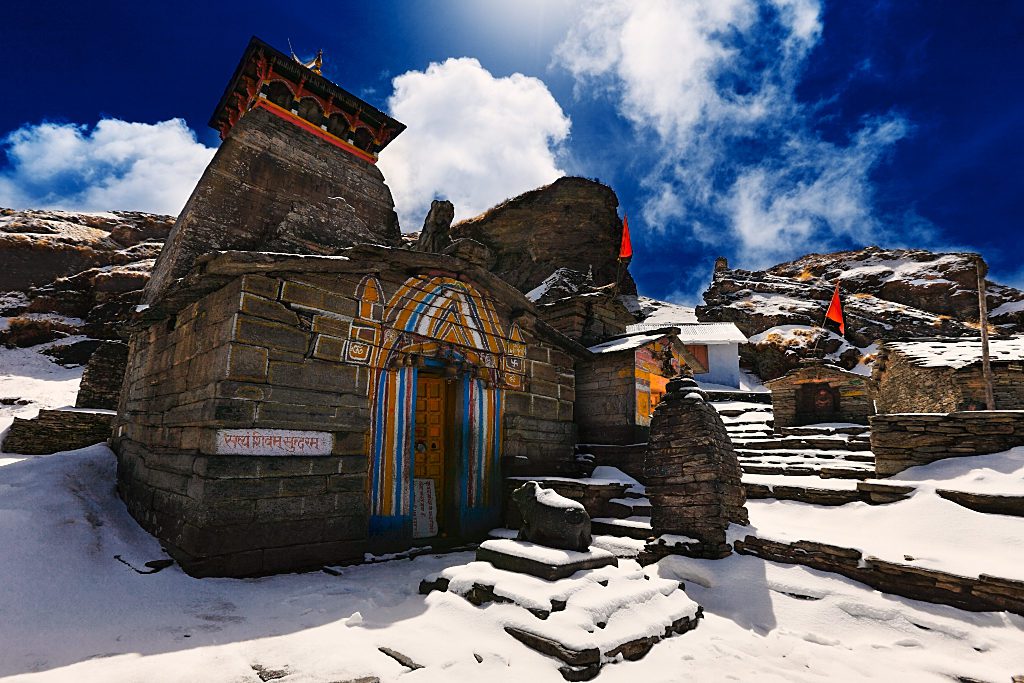
Image Source: Sunrider007 (Flickr)
If you haven’t been to the world’s highest known Shiva temple, now is the time to go to Uttarakhand’s Tungnath Temple. The famous Chandrashila trek, which offers mesmerising views of the surrounding snow-capped peaks, also has a reward at the end. That’s correct! This temple is located near the end of the trek, and it will undoubtedly greet you with a few too many cold breezes splashing in your face, as well as a breathtaking view to satisfy your wanderlust.
Best time to visit: All throughout the year
Here is a list of 15 famous Shiva temples in India that you can visit during Maha Shivratri or any other time you visit these cities. The temples and surrounding areas are open to exploration.



